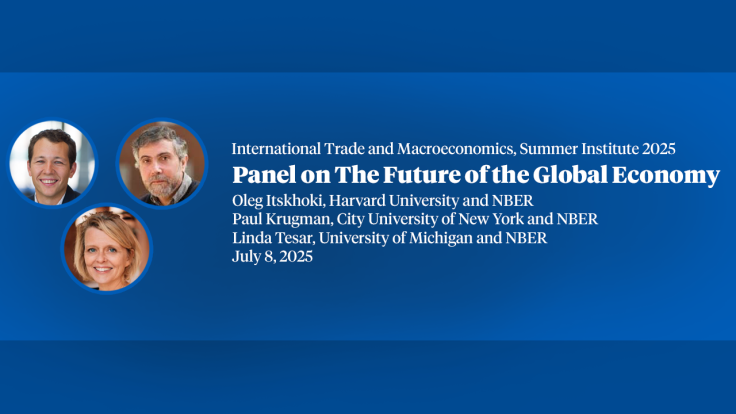Markups and Cost Pass-through Along the Supply Chain
We use a novel dataset of production costs, wholesale prices, and retail prices from a large global manufacturer to study markups and pricing behavior along the supply chain. We document several facts about markups covering the period July 2018 through June 2023, and we propose a model of supply chain pricing behavior that rationalizes key pat-terns in our data. We find substantial dispersion in markups across products at each supply chain level. Manufacturer and retail markups are negatively correlated in the cross section and over time. Despite time-series variation in firm-level markups, total markups—reflecting the relationship between retail prices and production costs—are stable over time, even when prices increased along with inflation in the United States in 2022. We apply our model to quantify factors that determine relative bargaining power between the manufacturer and retailers, leveraging variation across countries, products, and time. Finally, we consider the dynamics of cost pass-through and the mediating role of manufacturer-retailer bargaining in price dynamics, with implications for current policy debates, including trade policy and tariffs.
-
-
Copy CitationSantiago Alvarez-Blaser, Alberto Cavallo, Alexander MacKay, and Paolo Mengano, "Markups and Cost Pass-through Along the Supply Chain," NBER Working Paper 34110 (2025), https://doi.org/10.3386/w34110.Download Citation


